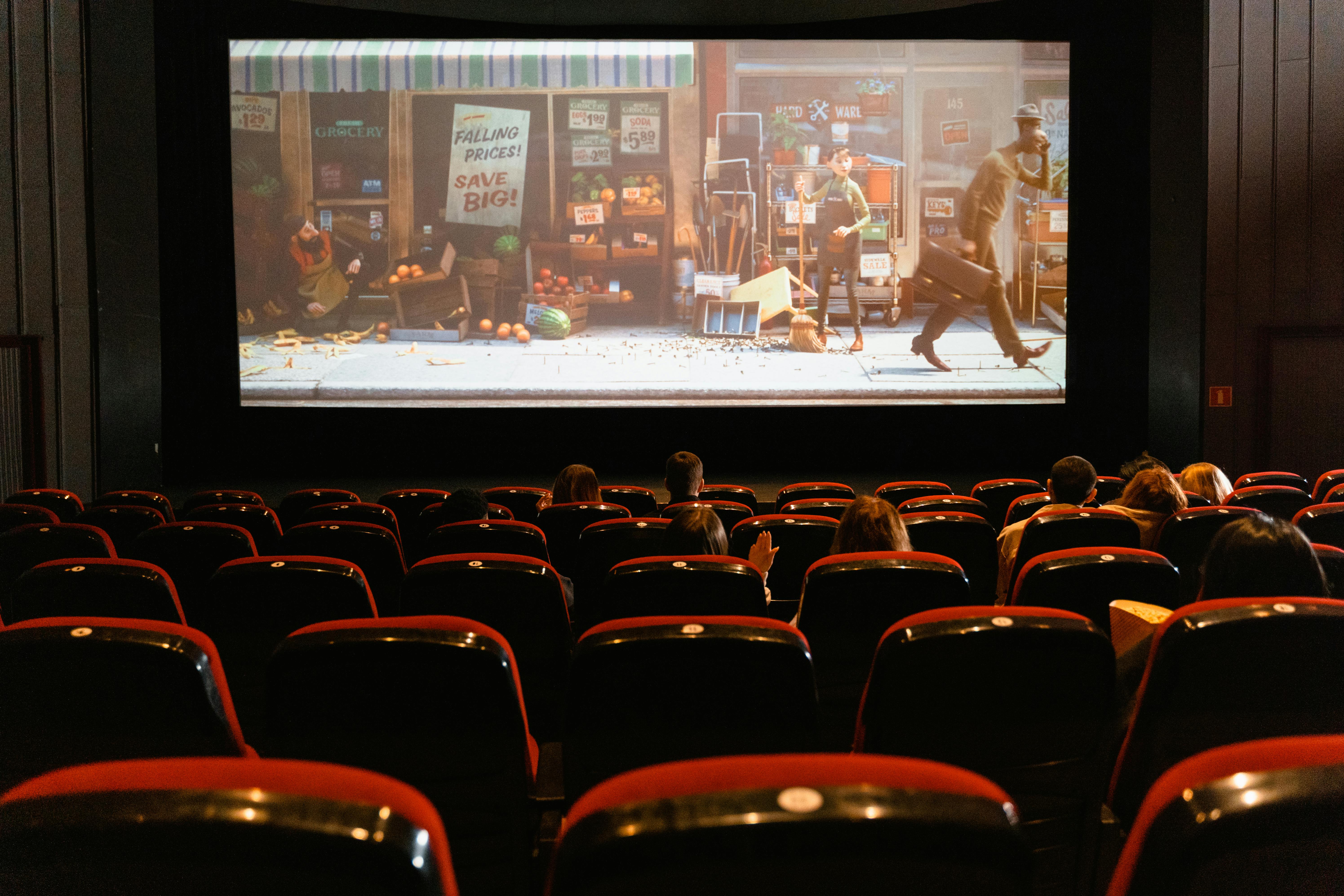Unmasking the Hidden Depths of Video Game Sound Design
Ever thought of the vital role sound plays in video games? Sound design is an often overlooked, yet crucial aspect of the gaming experience. This article delves into the evolution of video game sound design, its significance in shaping player experiences, and how it has transformed over time.

Soundscapes: A Brief History of Video Game Sound Design
Video game sound design has a rich and intriguing history. In the early days of gaming, technological constraints limited sound design to simple beeps and blips. The 8-bit era witnessed the first steps toward creating rich soundscapes, with composers like Koji Kondo creating memorable tunes for games like Super Mario Bros.
As technology evolved, so did the sound design. CD-ROMs allowed for high-quality audio, while the advent of 3D gaming introduced spatial audio, allowing sound to play a significant role in gameplay and immersion.
The Sonic Boom: Modern Day Game Sound Design
Fast forward to today, and video game sound design is a complex, multi-layered process. From atmospheric background music to the minute sound of a character’s footsteps, every sonic element is meticulously crafted and plays a crucial role in the overall gaming experience.
Games like The Last of Us Part II have pushed the envelope, utilizing sound design not just to enhance gameplay, but to tell stories, convey emotions, and even facilitate accessibility for visually impaired gamers.
More Than Meets The Ear: Significance of Sound Design
Sound design is not simply about making games sound good. It’s about using sound as a tool to enhance player immersion and guide gameplay.
In horror games, for instance, sound design can create a sense of dread and anticipation. Footstep sounds can warn players of incoming danger in stealth games. In rhythm games, sound is the gameplay itself.
Moreover, sound design contributes significantly to the cultural impact of games, with iconic soundtracks and sound effects becoming as recognizable as the games they are part of.
Critical Acclaim: Reception of Sound Design by Players
Players have grown increasingly aware of the importance of sound design in their gaming experiences. Games with exceptional sound design, like Hellblade: Senua’s Sacrifice, have garnered critical acclaim and won prestigious awards.
However, sound design is still an underappreciated field, with many players not fully aware of the level of work and expertise that goes into creating the soundscapes they enjoy.
The Sounds of the Future: Upcoming Trends in Sound Design
The future of video game sound design looks promising, with several exciting trends on the horizon. The advent of virtual reality has opened up new possibilities for spatial audio, creating more immersive and realistic soundscapes.
Moreover, the integration of AI and machine learning could lead to dynamic sound designs that adapt to player actions and choices, leading to more personalized gaming experiences.
Video game sound design is a hidden gem within the industry, a complex art form that greatly enhances player experience. Its evolution, current trends, and future possibilities reveal its significant role in shaping the world of gaming. As we continue to push the boundaries of interactive media, sound design will undoubtedly play an integral part in the journey.





